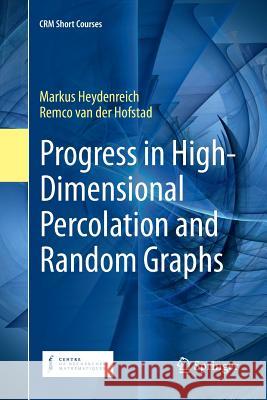Progress in High-Dimensional Percolation and Random Graphs » książka
topmenu
Progress in High-Dimensional Percolation and Random Graphs
ISBN-13: 9783319873213 / Angielski / Miękka / 2018 / 285 str.
Kategorie:
Kategorie BISAC:
Wydawca:
Springer
Seria wydawnicza:
Język:
Angielski
ISBN-13:
9783319873213
Rok wydania:
2018
Wydanie:
Softcover Repri
Ilość stron:
285
Waga:
0.42 kg
Wymiary:
23.39 x 15.6 x 1.6
Oprawa:
Miękka
Wolumenów:
01
Dodatkowe informacje:
Wydanie ilustrowane











